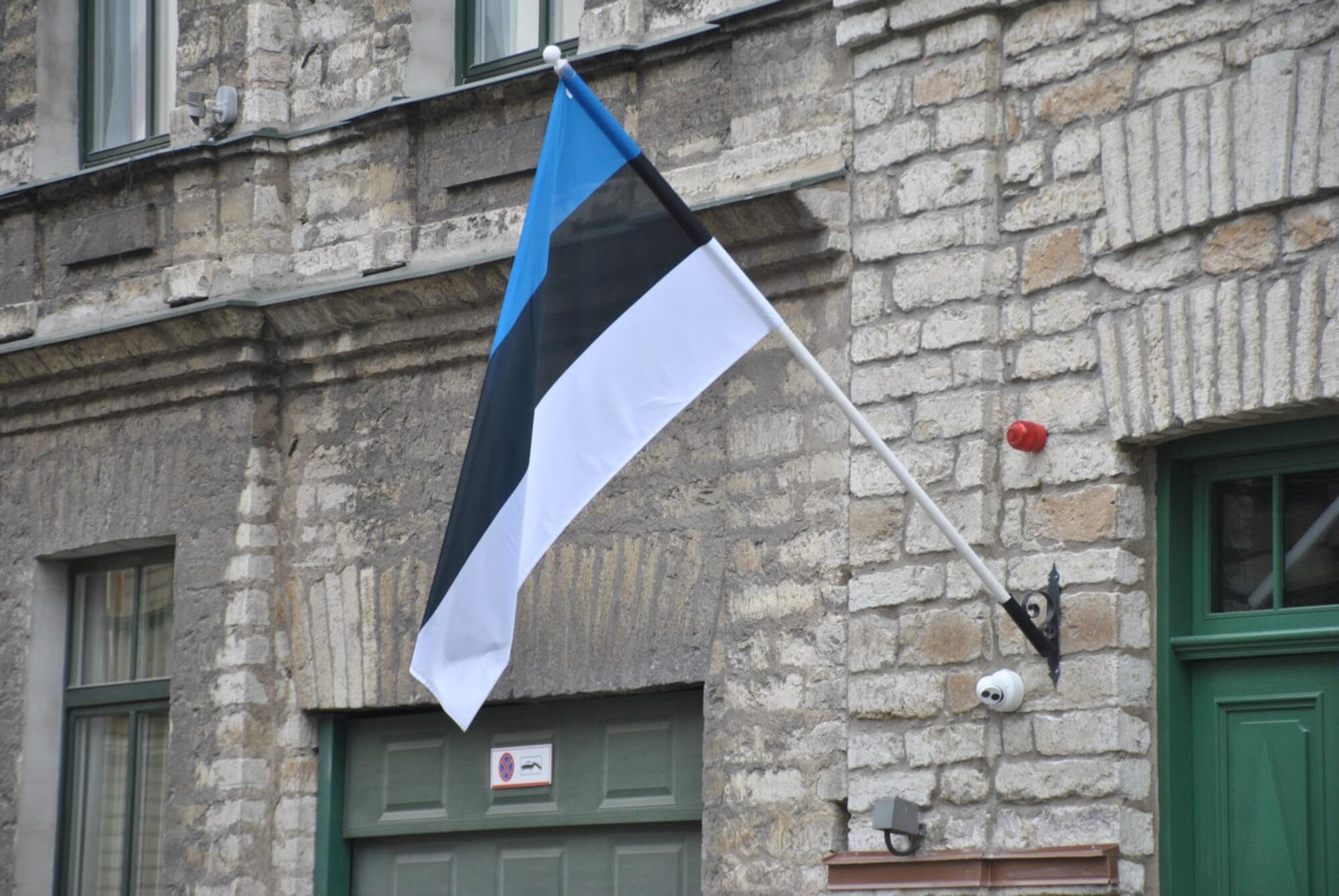
Estonia’s constant change in the political, social and cultural scene has led to many concepts and innovations that are being recognized in the international system.
In this article, we’ll give you an in-depth view of the Estonian educational system including the level, languages, quality and even cost.
Educational structure
According to the Human Development Index, Estonia is a well-developed country with a high-income economy and advanced tech and educational processes. This country performed excellently in academics, technology, environment, work-life balance and gender equality as rated an economic survey.
The educational structure here is decentralized and legislated by the central government and local government [municipalities]. The central government and the Ministry of Education and Research dictate the processes of the system and its policies.
These policies include the supervision of the academic system, maintenance & financing, development of academic facilities, monitoring the academic welfare of the state, establishing a proper framework for students, and reviewing the national curriculum.
Educational language & quality
With a 100% literacy rating in 2015 and close to €1 billion that goes into the education sector annually, the quality of education in Estonia is top-notch.
The system includes 5 days of study in a week, with each lecture taking 45 minutes. A 15-minute break usually follows each lecture. The number of lessons and time allocated to each lesson is determined by the school director. According to the Constitution of the Republic of Estonia [1992] “Everyone has the right to education”.
Education has been made free and compulsory for every school-age children. In 2008, the Estonian Government approved the national curriculum for preschool childcare institutions and the adoption of the study of Estonian as a second language.
Studying Estonian is compulsory in international schools using one or more languages like English, Russian, German or French.
Overview of the education system in Estonia
Education in Estonia began in the 14th Century, it was connected to the monastic & cathedral schools. Today, the system is graded in 4 major stages, these are the pre-primary level, basic/primary level, secondary level and higher/tertiary level of academic training. The academic system in Estonia also made room for vocational schooling.
The table below shows the hierarchy of education in Estonia from pre-primary to doctorate.
Academic level |
School/level |
Years of study |
Certificates |
| Primary Level [Põhikool] | Primary | 9 | Primary School Leaving Certificate [Põhikooli löputunnistus] |
| Secondary level [Gymnasium] | Secondary | 3 | Secondary School Leaving Certificate [Gümnaasiumi lõputunnistus] |
| Vocational Secondary Education | 3 | Secondary Vocational Certificate [Tunnistus keskhariduse basil kutsekeskhariduse omandaamise kohta] | |
| Tertiary | Bachelor | 3–4 | Bakalaureus studies |
| Master | 1–2 | Magister studies | |
| Doctorate | 3–4 | Doctor studies |
Pre-primary level
Preschool training is done in a preschool childcare institution or at home. It is the responsibility of the child’s parents, ward or guardians to ensure that their child gets pre-school training.
There are four distinct types of preschool institutions, they are daycare, nursery schools, special nursery schools, and nursery-primary schools. Most pre-school childcare institutions are attended by children between the ages of 3 and 5.
Primary level
In Estonia, basic schooling takes 9 years to complete. It is made up of children from the ages of 7 and 16 and 9 grades. This is the minimum compulsory general education in Estonia. At the end of this course of study, all successful pupils receive a Põhikool löputunnistus (Basic School Leaving Certificate).
Secondary level
After primary education, the student can go on to complete his secondary level. The three years in secondary school allows the student to attain a gumnaasiumi loputunnistus (General academic certificate) if he/she completes the academic requirements.
They can proceed to acquire a tunnistus pöhihariduse baasil kutsekeskhariduse omandamise kohta (certificate on secondary vocational education) after completing the vocational training.
Vocational level
Vocational institutes were set up to meet the demands in the labor market. There are currently 29 state vocational colleges, 9 private vocational schools, and 3 municipal vocational institutions in Estonia.
Students may proceed to vocational secondary school after completing their secondary education, they acquire a certificate of secondary vocational training [tunnistus keskhariduse baasil kutsekeskhariduse omandamise kohta] after completing the program. All successful students at this level can study any education subjects of their choice in any tertiary institution in the state.
Tertiary level
In the Republic of Estonia, Tertiary education is broken into 3 levels: bachelors, masters and doctoral studies. Tertiary institutions are partially autonomous, with rights to legislate on their admission requirements, curricula and cost.
Estonia has 6 state universities which comprise of: the Tartu University, Tallinn University, Tallinn University of Technology, Estonian Art Academy, Estonian Academy of Life Sciences, Estonian Academy of Music and Theatre.
The Republic of Estonia also has 3 private universities: The Euro University, Estonian Business School, The Estonian Entrepreneurship University of Applied Sciences.
The oldest, biggest and highest-ranked university in Estonia is the University of Tartu. It was established in 1632 by the Swedish King Gustav II Adolf. The University of Tartu has a lot of courses and faculties for students with a global exchange opportunity with other universities.
Cost of education
In the primary and secondary level, most school’s running costs are paid by the local government. Each municipality takes account of the number of students in school and the amount needed to cater for them is taken from the budget allocated to that municipality.
Universities in Estonia also have affordable tuition fees for all students in all programs, the average tuition fee charged by universities in the Republic of Estonia is €1,660 – €8,500 per academic year.

